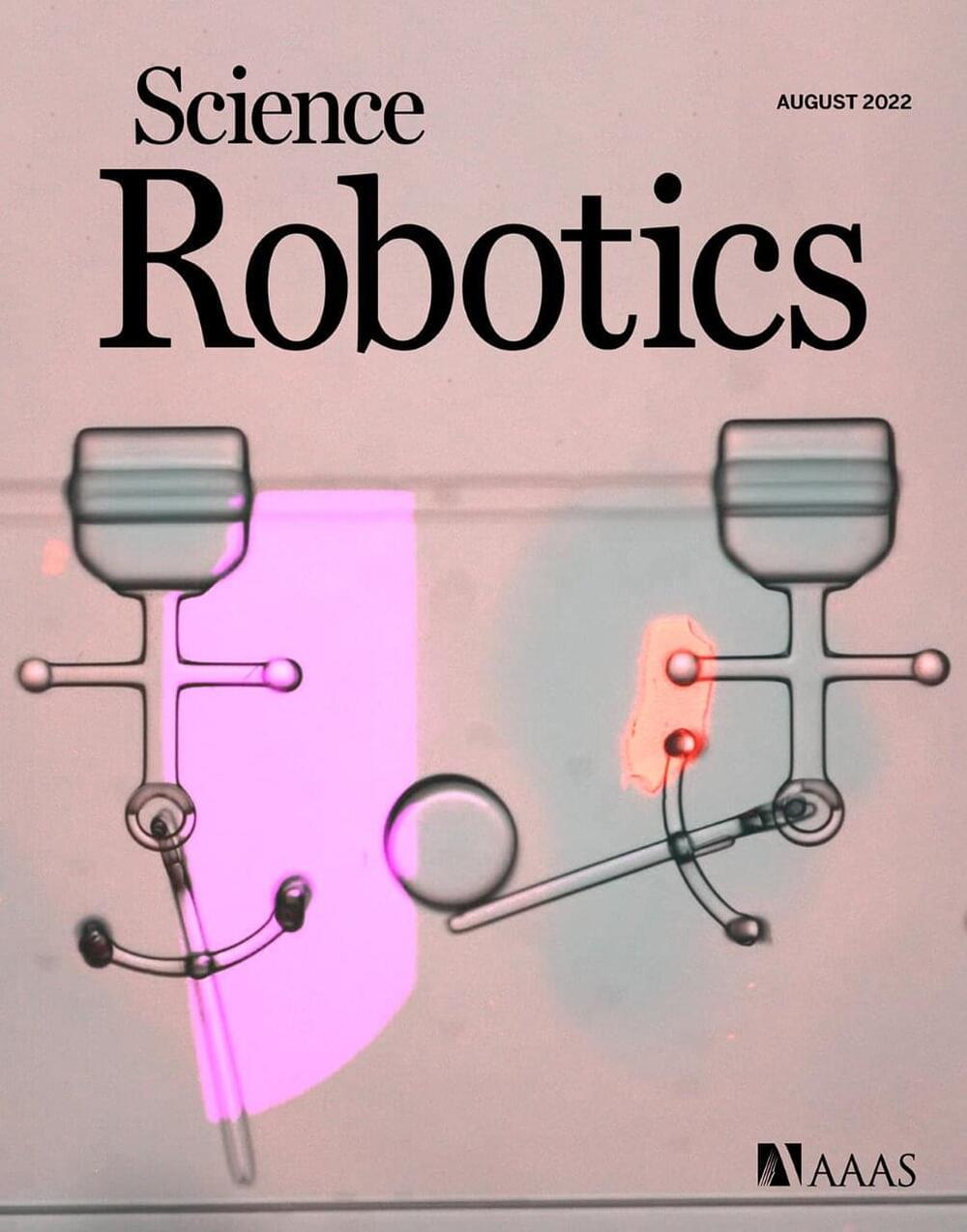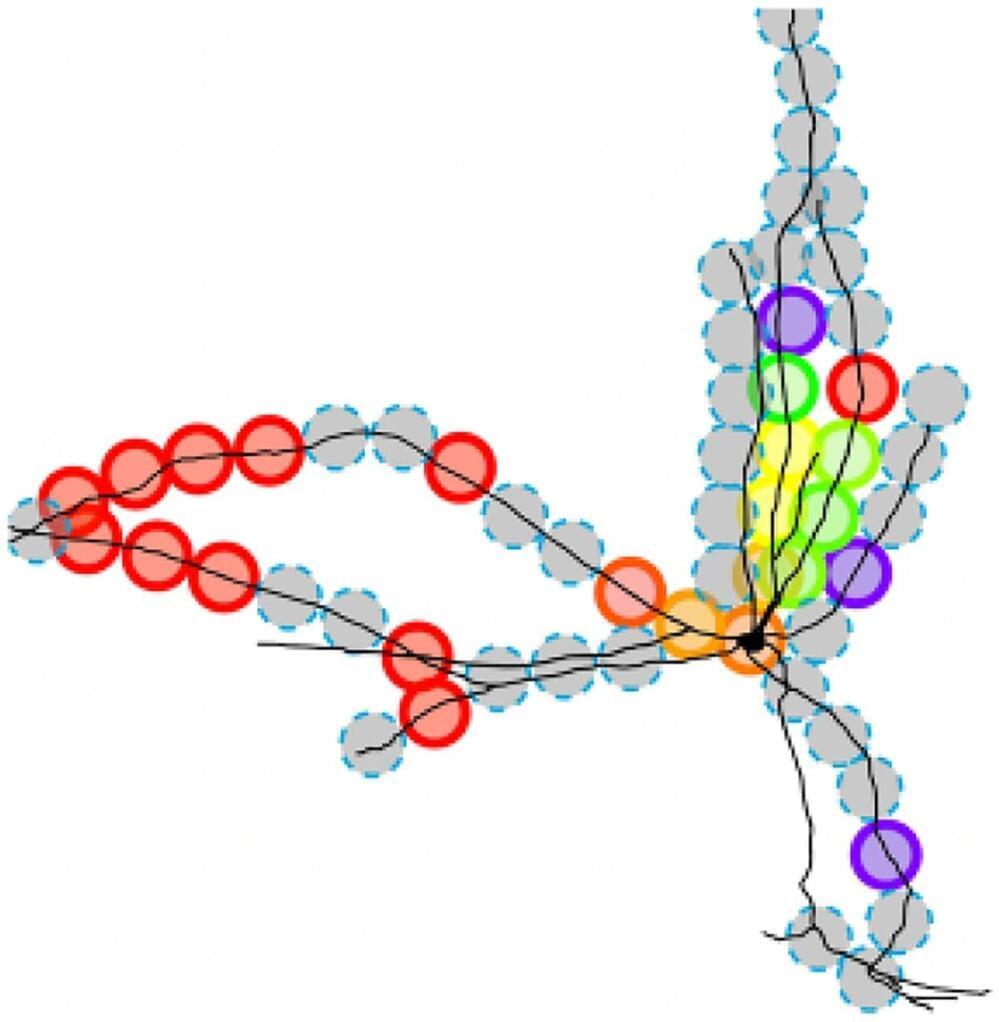Nov 17, 2022
Can The Metaverse Fix Our Generosity Crisis?
Posted by Gemechu Taye in categories: education, innovation
A disturbing documentary titled Childhood 2.
Spoiler alert: It’s worse than you could imagine.
Returning to Childhood 2.0 and so many discouraging—okay—depressing documentaries from the past few years (The Great Hack, Requiem for The American Dream, The Social Dilemma, etc.), it’s tempting to throw up our hands. To surrender to disillusionment. Even nihilism.
Continue reading “Can The Metaverse Fix Our Generosity Crisis?” »


















